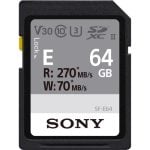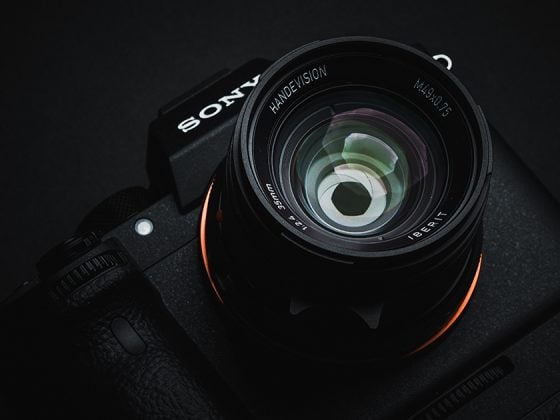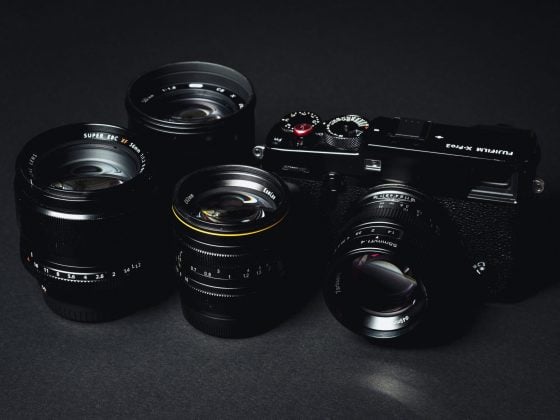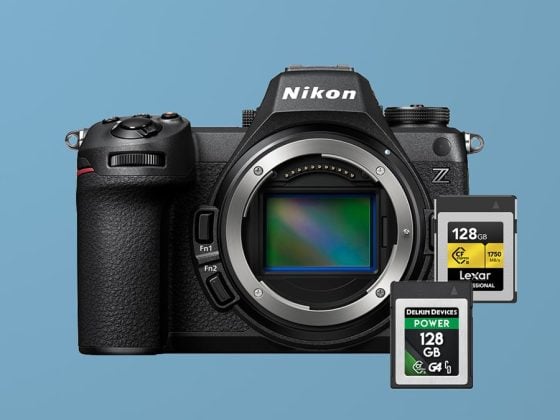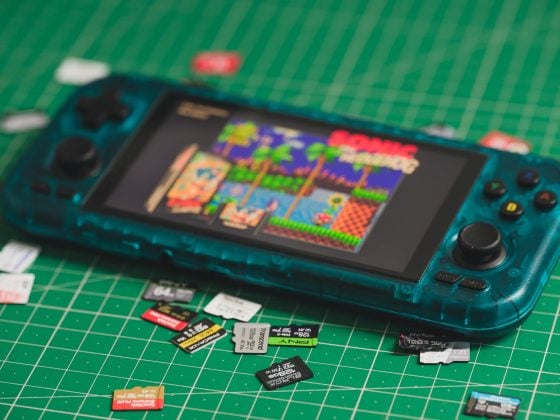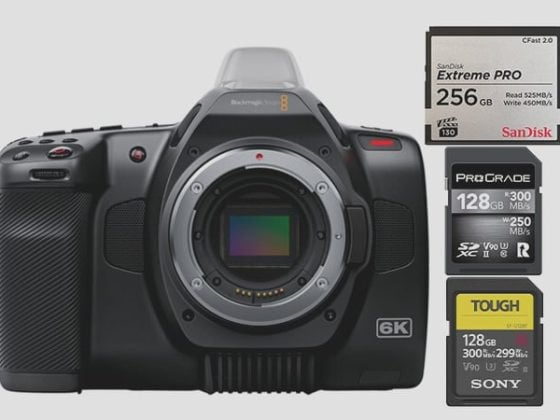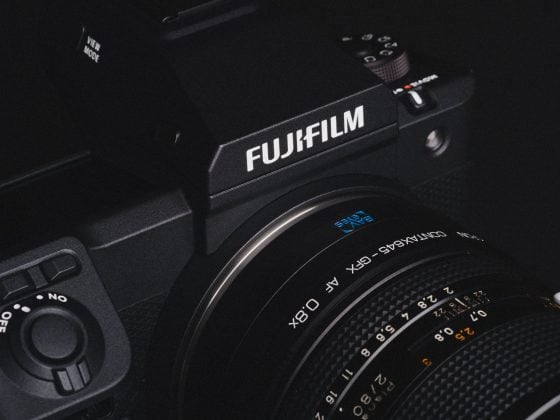The RX100 VII is a compact camera that was released in 2019, featuring a one-inch sensor, a 24-200mm zoom lens, and a fast autofocus system. It has a single SD card slot that supports UHS-I speed class cards, which are the most common type of memory card.
If you have not used this camera for a while or you just picked up a new one, you may be wondering what kind of memory cards are suitable for today. This guide will explain some of the basics of memory card technology and recommend some of the best memory cards for the Sony RX100 VII.
Recommended Memory Cards Sony RX100 VII
The RX100 VII is a camera that can use UHS-I cards. It can record 4K video at 100Mbps, so you need a card that can write at least 12.5MB/s. A U3 or V30 card or higher is good for this. These will also work well for taking photos.
The RX100 VII can use cards up to 256GB, so 64-256GB is a safe bet when looking for good compatibility. The camera itself has a max write speed that caps out at about 38MB/s, so buying the fastest memory cards won’t necessarily make a significant difference.
Here are some top recommendations for today. The Sony E cards are nice because they feature UHS-I write speeds but UHS-II speeds for file transfer, and are priced competitively against UHS-I cards.
| Recommended SD Cards | Speed Class | USB Write | USB Read | Links | |
|---|---|---|---|---|---|
| SD UHS-II V60 | UHS-II | Hide | Hide | ||
| Sony E v60 256GB | UHS-II | https://geni.us/ARfXs | Amazon / B&H | ||
| UHS-I U3 | UHS-I | Hide | Hide | ||
| Sandisk Extreme Pro 32/64/128GB | UHS-I | 144 | 172 | https://geni.us/AjId | Amazon / B&H |
| Kingston CanvasGo! 128/256/512GB | UHS-I | 124 | 161 | https://geni.us/oJU7q | B&H |
| Sony 95 | UHS-I | 81 | 90 | https://geni.us/wnX8rG | Amazon |
| Delkin Advantage 32-1TB | UHS-I | 77 | 93 | https://geni.us/HlTWWVh | Amazon / B&H |
Camera Specs
| Sensor: 20.1MP 1″ Exmor RS BSI CMOS Sensor Processor: BIONZ X Image Processor Memory Cards: Single Slot UHS-I Continuous Burst: 20 fps, up to 90fps VIIdeo: 4k24p / 4k25p / 4k30p 100Mbps Buffer Size: 2GB Memory Card Capacity: 256GB Max Write Speed: 37.31MB/s Shots To Fill Buffer: 109 ( Sandisk Extreme Pro 170 ) Time To Clear Buffer: 50-52 seconds average |
You can also check out the newest SD memory cards and how fast they are, or look at the memory card performance guides for Sony cameras. These will help you compare different memory cards and choose the best one for your camera if you’re also looking to pair the RX100 VII with a new camera.
SD Memory Card Numbers And Specs
Memory cards are essential accessories for Sony cameras, but they come with different numbers, ratings, and specs that can be confusing. There are a few things that you should know before buying a memory card, as they are constantly evolving and improving.
- SDXC vs SDHC: This indicates the type of file system that the memory card uses. SDXC cards use a 64-bit file system, while SDHC cards use a 32-bit file system. The difference is that SDXC cards can store files larger than 4GB, which is very helpful when recording high-quality video. Sony cameras can use both types of cards, but I recommend using SDXC cards for better performance.
- Class 10, U1, U3: This is an older rating system that measures the minimum write speed of the memory card. The higher the number, the faster the card can write data. Class 10 and U1 cards have a minimum write speed of 10MB/s, while U3 cards have a minimum write speed of 30MB/s. These ratings are important for video recording, as they determine the quality and resolution of the video that the card can handle.
- V30, V60, V90: This is a newer rating system that also measures the minimum write speed of the memory card. The numbers correspond to the write speed in MB/s. For example, V30 means 30MB/s, V60 means 60MB/s, and V90 means 90MB/s. These ratings are more reliable and consistent than the older system, and they are also required for some of the latest video formats, such as 4K and 8K.
- A1, A2: This is a rating system that is designed for running apps on devices like computers or tablets. It shows how well the memory card can handle random read and write operations, which are different from the sequential operations that cameras use. A1 and A2 cards have a special caching system that makes them faster and more efficient for running apps. However, they do not offer any advantage for photography and video recording, as cameras only write data in order.
Best Memory Cards Sony RX100 VII Conclusions
The Sony RX100 VII is not amazing when it comes to writing data to SD cards as there is still a bottleneck. But it is still a small powerhouse camera with a lot of features, so having a good card can make a difference.
There is a performance limit of about 38MB/s which has pros and cons. The downside is that it will take a bit longer to empty the huge buffer, but the upside is that it gives you a lot of choices for memory cards. You don’t have to buy the fastest memory cards because the camera can’t use the speed. So you get the same effective results from something like a Sandisk Extreme or Sandisk Extreme Plus. Although I like the Sony E cards for this camera, as they use UHS-I write speeds suitable for this camera, you can also take advantage of the UHS-II speeds when it comes to transferring the files to your computer.
| **This website contains affiliate links. We will earn a small commission on purchases made through these links. Some of the links used in these articles will direct you to Amazon. As an Amazon Associate, I earn from qualifying purchases. |

